Yesterday we took a guided tour on Jewish history in Warsaw. Here are some impressions from the tour.
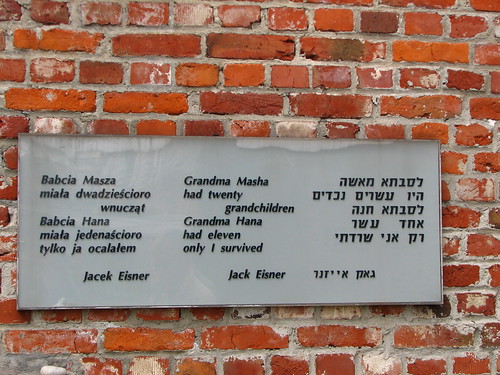
Tablet at the Jewish Cementary in Warsaw, reminding of the Holocaust.
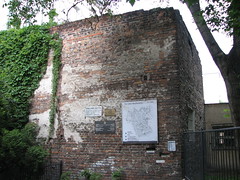
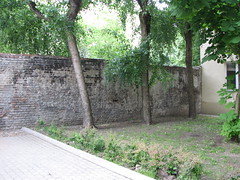
The only remains of the wall around the Jewish Ghetto can be found in a backyard. The Ghetto was established in October 1940 by the Germans, in order to isolate the Jewish population of Warsaw. At its peak there were 450.000 Jewish people living in the Ghetto. Most of them were brought to the Treblinka extermination camp, where they got killed.
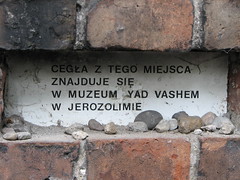
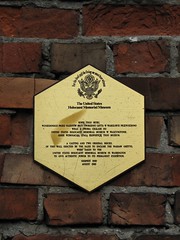
Some of the stones of that wall have been removed and brought to Jewish mueseums and memorial sites all over the world.
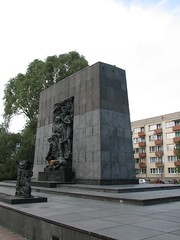
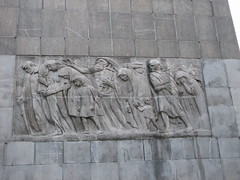
The memorial place for the uprise within the Jewish Ghetto of Warsaw - nearly all Jews still living in the Ghetto got killed by the Nazis.
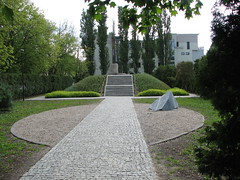
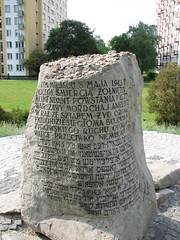
Mila 18 - the place where the leaders of the Ghetto uprise killed themselves, before the Nazis could get hold of them.
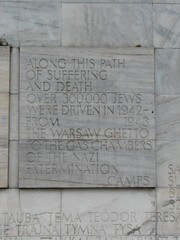
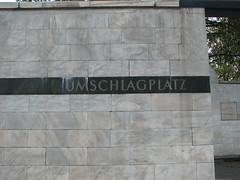
Umschlagplatz - from here the trains from Warsaw ran to the Treblinka extermination camp, where nearly 900.000 people got killed.
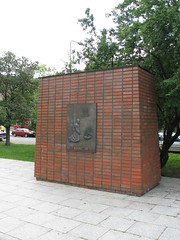

When German chancellor Willy Brandt came to Warsaw in 1970, he fell on his knees in front of the memorial place for the uprising in the Jewish Ghetto. This gesture became famous as the "Warschauer Kniefall", which opend the door for better relations between Western Germany and Eastern Europe. This memorial site remind of the "Kniefall"



The jewish cementary, which is over 200 years old.

Tablet at the Jewish Cementary in Warsaw, reminding of the Holocaust.


The only remains of the wall around the Jewish Ghetto can be found in a backyard. The Ghetto was established in October 1940 by the Germans, in order to isolate the Jewish population of Warsaw. At its peak there were 450.000 Jewish people living in the Ghetto. Most of them were brought to the Treblinka extermination camp, where they got killed.


Some of the stones of that wall have been removed and brought to Jewish mueseums and memorial sites all over the world.


The memorial place for the uprise within the Jewish Ghetto of Warsaw - nearly all Jews still living in the Ghetto got killed by the Nazis.


Mila 18 - the place where the leaders of the Ghetto uprise killed themselves, before the Nazis could get hold of them.


Umschlagplatz - from here the trains from Warsaw ran to the Treblinka extermination camp, where nearly 900.000 people got killed.


When German chancellor Willy Brandt came to Warsaw in 1970, he fell on his knees in front of the memorial place for the uprising in the Jewish Ghetto. This gesture became famous as the "Warschauer Kniefall", which opend the door for better relations between Western Germany and Eastern Europe. This memorial site remind of the "Kniefall"



»
Further Impressions from the visit to Warsaw (Flickr)
»
Add this entry to your del.icio.us links
»
Technorati Tags:
jewish history warsaw poland photographs cementary ghetto memorial monument mila18 willybrandt kniefall

